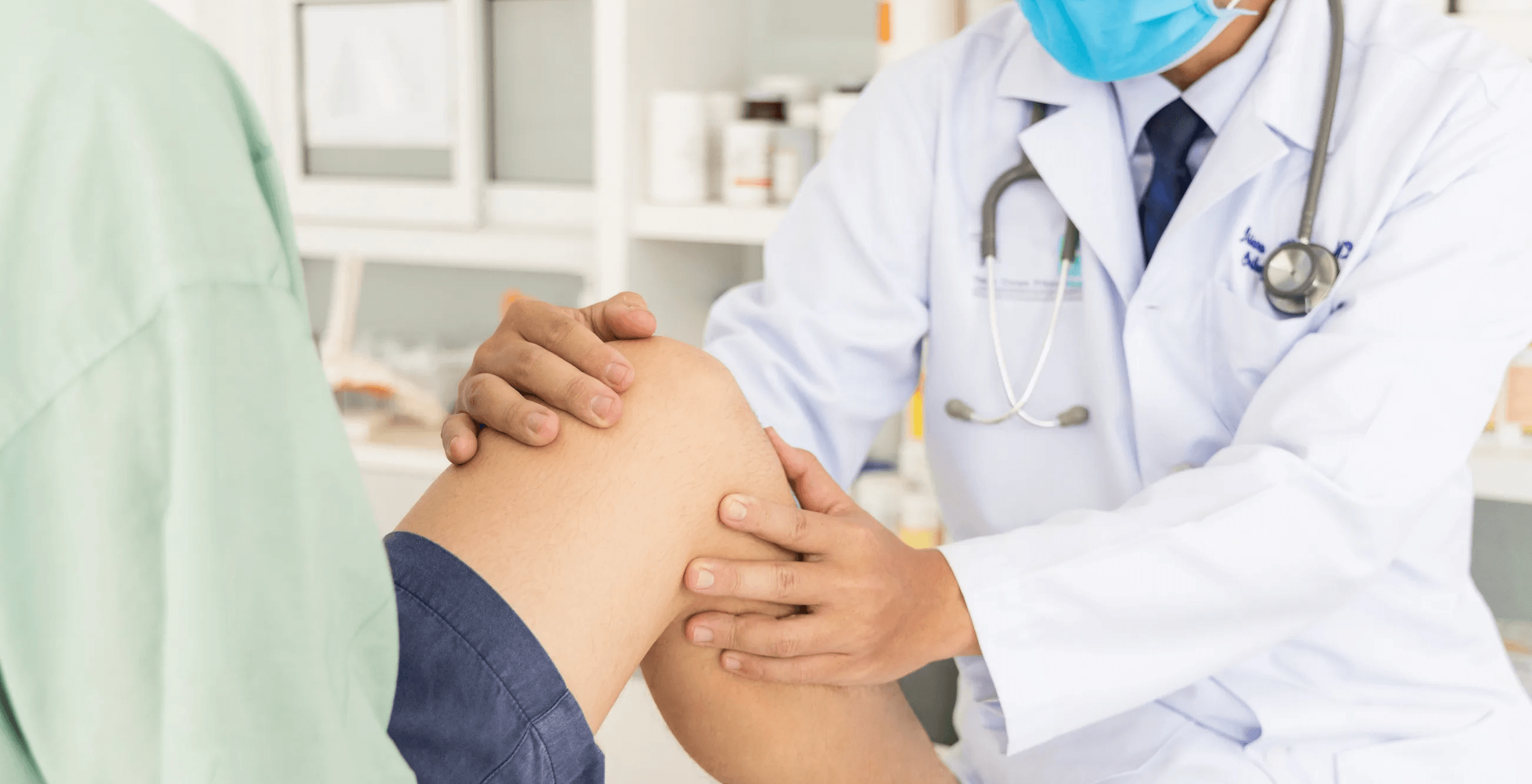Arthroscopy
Arthroscopy is a minimally invasive procedure used to diagnose and treat problems inside a joint. Instead of a large incision, surgeons make small cuts and insert a thin camera, known as an arthroscope, into the joint. This allows them to view the inside of the joint on a screen and perform repairs using specialised instruments.
In Singapore, knee and shoulder arthroscopies are particularly common. They are often used to treat meniscus tears, ligament injuries, cartilage damage or shoulder impingement. Because arthroscopy uses smaller incisions, recovery is usually quicker compared to traditional open surgery, with less post-operative discomfort and scarring.
ACL Reconstruction
The anterior cruciate ligament (ACL) is one of the key stabilisers of the knee. ACL injuries are especially common in Singapore, particularly among athletes who play football, basketball, or engage in sports that require sudden stops and pivots.
When the ligament is completely torn, ACL reconstruction is often necessary to restore stability. In this procedure, the surgeon replaces the torn ligament with a graft, usually taken from the patient’s own hamstring tendon, patellar tendon or occasionally from a donor.
Meniscus Repair or Removal
The meniscus is a crescent-shaped piece of cartilage in the knee that cushions and stabilises the joint. Tears are common and can occur from sports injuries, twisting motions, or gradual wear.
Depending on the location and severity of the tear, surgeons may either repair the damaged meniscus with sutures or remove the torn portion (a procedure known as partial meniscectomy). Repair is preferred whenever possible because it preserves the cushioning function of the meniscus, reducing the risk of future arthritis.
Shoulder Surgery
The shoulder is a highly mobile joint and therefore prone to injuries such as rotator cuff tears, recurrent dislocations and labral tears. When conservative treatments fail, surgical repair may be necessary.
Rotator cuff repair, for instance, involves reattaching torn tendons to the head of the humerus (upper arm bone). In cases of recurrent shoulder dislocation, stabilisation procedures tighten or reconstruct the ligaments that keep the joint in place.
As with knee surgery, many of these procedures are performed arthroscopically, meaning patients often benefit from less pain and quicker recovery compared to open surgery.
Trauma and Fracture Surgery
Orthopaedic surgeons also play an important role in managing fractures and traumatic injuries. While some fractures can heal with casting or bracing, complex or unstable fractures often require surgical fixation.
This may involve the use of metal plates, screws, rods, or external frames to hold the bones in place while they heal. Modern surgical techniques aim to restore the normal alignment of the bone and allow patients to begin moving as soon as possible, reducing the risk of stiffness and muscle loss.
Foot and Ankle Surgery
Problems in the foot and ankle, such as bunions, Achilles tendon tears and chronic ankle instability, can significantly affect mobility. Orthopaedic procedures in this area range from minimally invasive bunion corrections to complex reconstructions after injury.
For athletes, Achilles tendon repair is a common surgery following a rupture. Chronic ankle instability, often caused by repeated sprains, may also require ligament reconstruction to restore stability and prevent further injury.
Advances in Orthopaedic Surgery in Singapore
Singapore’s hospitals are well-equipped with modern technologies that enhance the safety and precision of orthopaedic surgery. Robotic-assisted joint replacement, for example, allows surgeons to achieve greater accuracy in implant placement, which can improve the durability and function of artificial joints.
Other innovations include minimally invasive approaches, biologic therapies to enhance healing, and advanced imaging that helps surgeons plan procedures more effectively. These advances mean that patients today often experience faster recovery, less pain and better outcomes than in the past.
Whether it’s a knee replacement, arthroscopic repair or fracture fixation, timely consultation with an experienced orthopaedic surgeon can help determine the best course of action. For more information, please contact our clinic today.


